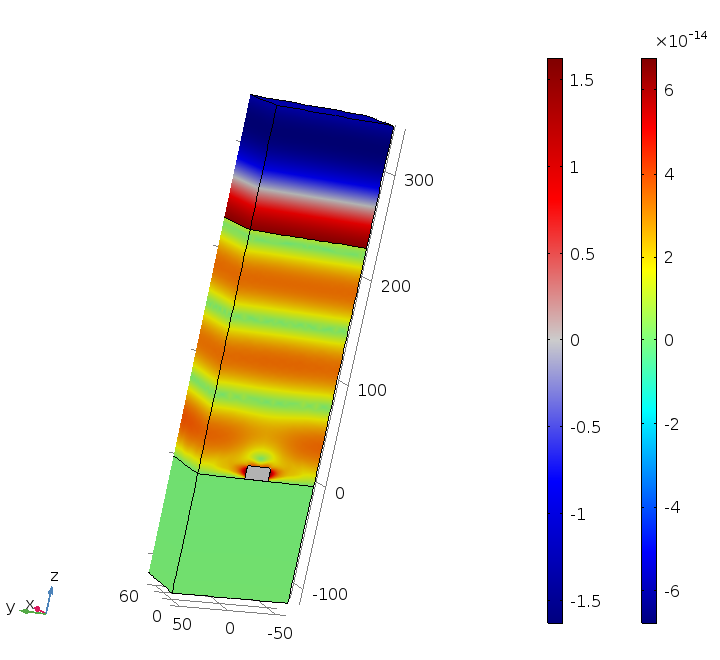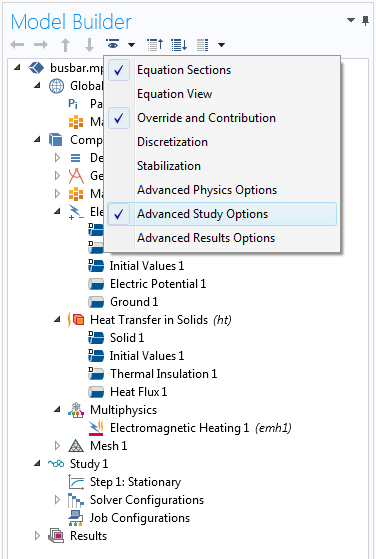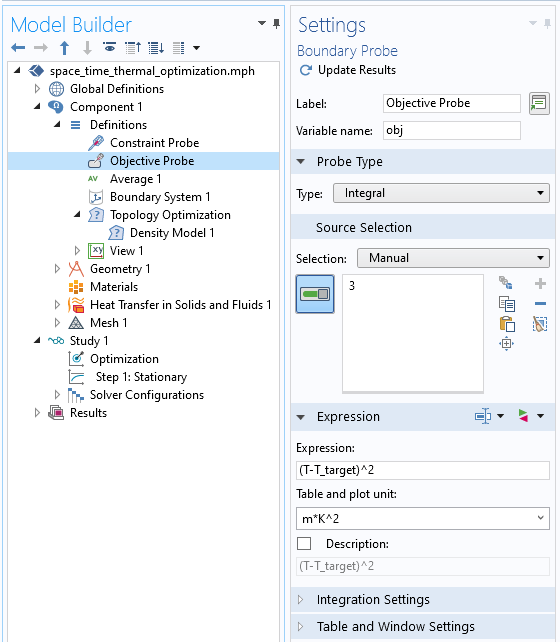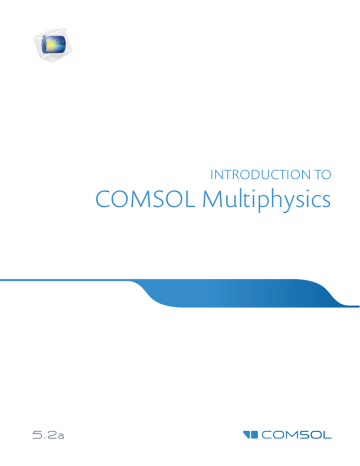
- WHERE CAN I FIND DISCRETIZATION SECTION IN COMSOL 5.3 FULL
- WHERE CAN I FIND DISCRETIZATION SECTION IN COMSOL 5.3 SOFTWARE
This results in the governing equations for the propagation of small perturbations in the pressure, velocity, and temperature ( p, u, and T) - the dependent variables. It is performed as a first-order perturbation around the steady-state background flow defined by its pressure, velocity, temperature, and density ( p 0, u 0, T 0, and ρ 0).
WHERE CAN I FIND DISCRETIZATION SECTION IN COMSOL 5.3 FULL
The linearized Navier-Stokes equations represent a linearization to the full set of governing equations for a compressible, viscous, and nonisothermal flow ( the Navier-Stokes equations). This is crucial in cases where large industrial problems have to be solved. Moreover, the reformulated slip boundary condition is now well suited when solving models with an iterative solver. This new default setting better handles the numerical and physical instabilities introduced by the convective and reactive terms included in the governing equations. The interfaces now include the Galerkin least squares (GLS) stabilization scheme, enabling more robust simulations.

Other applications of the linearized Navier-Stokes interfaces include the study of combustion instabilities and general in-duct acoustics as well as more academic applications like analyzing the onset of flow instabilities or studying regions prone to whistling. The surface shows the structural deformation (the phase and amplitude are highly exaggerated for visualization) and the open cut-out section of the pipe shows the acoustic pressure on the pipe’s inner surface. In general, these interfaces are suited for the analysis of the changed vibrational behavior of structures when under a fluid load by a background flow.Įxample of FSI in the frequency domain: the movement of a Coriolis flow meter actuated at the fundamental frequency. One application example is for flow sensing in a Coriolis flow meter. The interaction of flow, acoustics, and structural vibrations is important in many applications. This enables an out-of-the-box setup of fluid-structure interaction (FSI) models in the frequency domain (or in the linear regime in the time domain). The linearized Navier-Stokes interfaces have a built-in multiphysics coupling to structures. At the back, the streamlines are of the background flow. In front, the color surface plot is of the sound pressure level. Results from the Helmholtz resonator with flow example presented below. Moreover, the background flows in these models are often nonisothermal in nature.Įxample of an automotive application. In the muffler and liner examples, the attenuation of the acoustic signal by the turbulence present in the background flow can also be captured with the linearized Navier-Stokes equations. The detailed acoustic properties (absorption, impedance, and reflection coefficients) of these subsystems influence the system-level behavior of, for example, a jet engine. In aerospace applications, the study of how liners and perforates behave acoustically when a flow is present is of high interest. For example, the transmission loss of a muffler changes depending on the magnitude of the bypass background flow. In the automotive industry, the acoustic properties of exhaust and intake systems are altered when a flow passes through them.


Basically, the equations solve for the full linear perturbation to the general equations of CFD - mass, momentum, and energy conservation.īeing able to model and simulate the details of how a background flow influences an acoustic field is important in many industries and areas of application. The linearized Navier-Stokes interfaces do not induce flow-induced noise source terms. This includes all linear effects in which a background flow interacts with and modifies an acoustic field. The interfaces allow for a detailed analysis of how a flow, which can be both turbulent and nonisothermal, influences the acoustic field in different systems. The complex interaction of a stationary background flow and an acoustic field can be modeled using the linearized Navier-Stokes physics interfaces in the Acoustics Module. Here, we introduce important modeling concepts and present application examples. This allows robust simulations of systems with acoustic properties that are modified by or depend on a turbulent background flow e.g., automotive exhaust systems. With the release of version 5.3, the capabilities were further extended with the addition of a new stabilization scheme.

WHERE CAN I FIND DISCRETIZATION SECTION IN COMSOL 5.3 SOFTWARE
Detailed modeling of the complex interaction of flow and acoustics is achieved in the COMSOL Multiphysics® software and add-on Acoustics Module using the linearized Navier-Stokes interfaces.


 0 kommentar(er)
0 kommentar(er)
